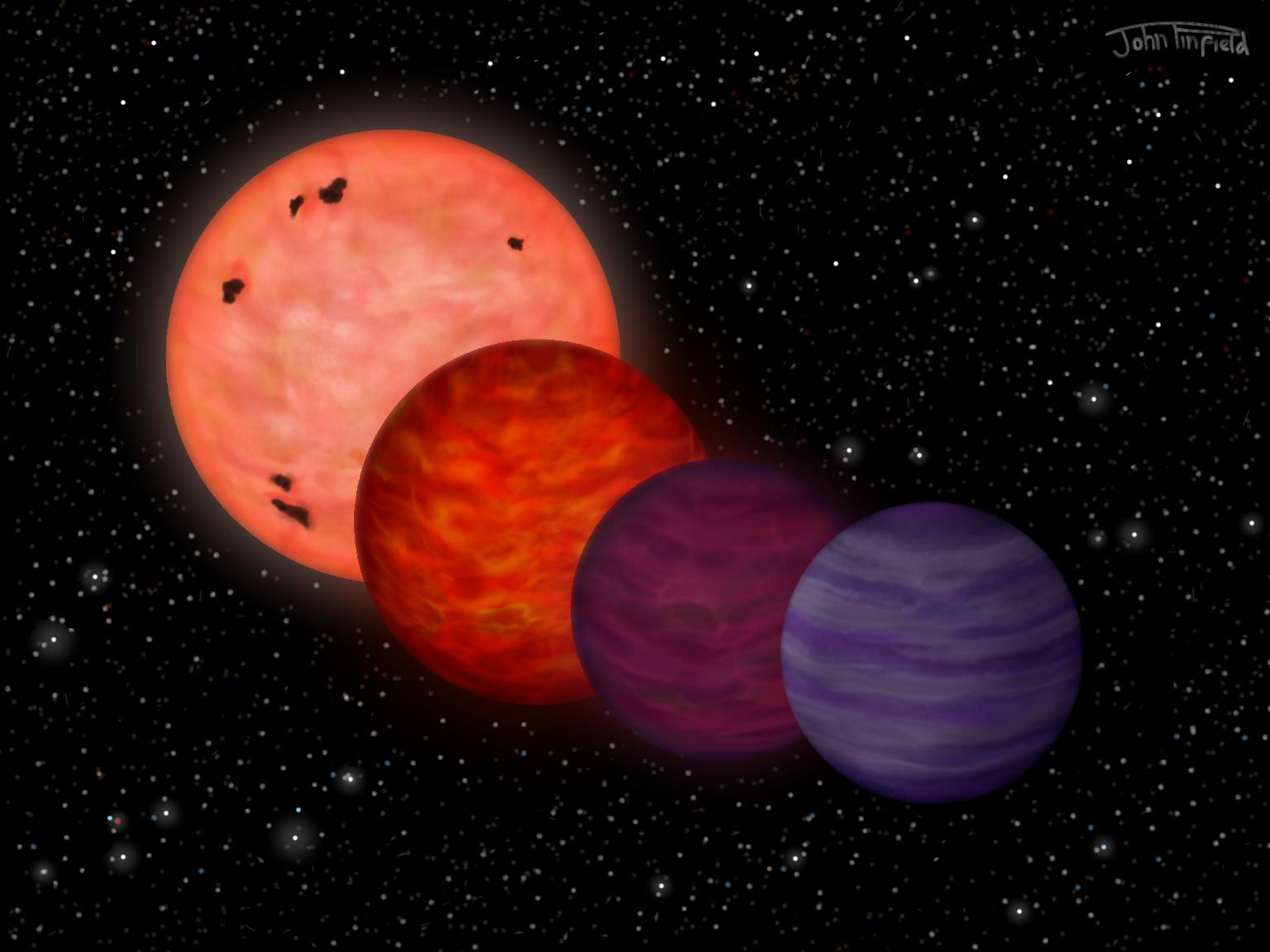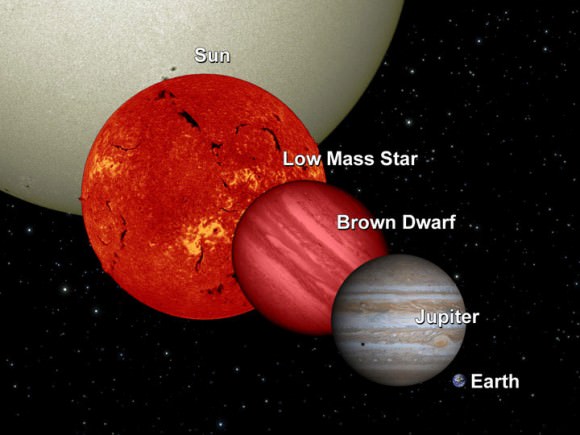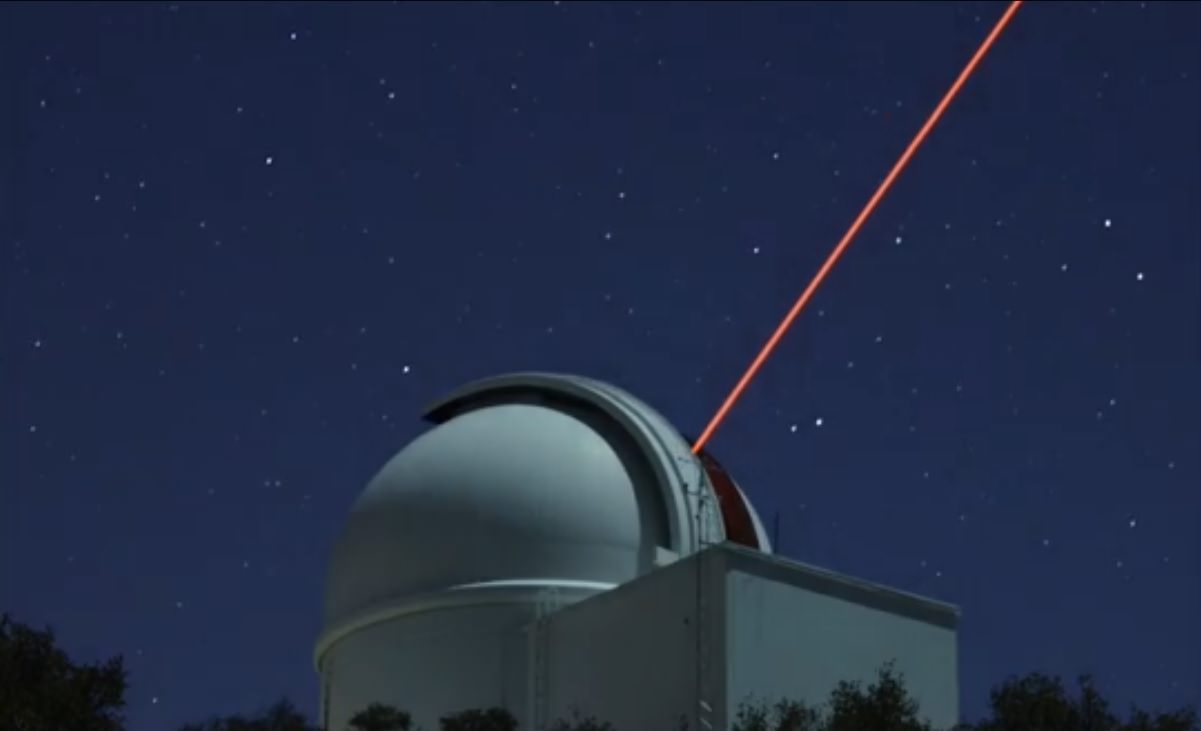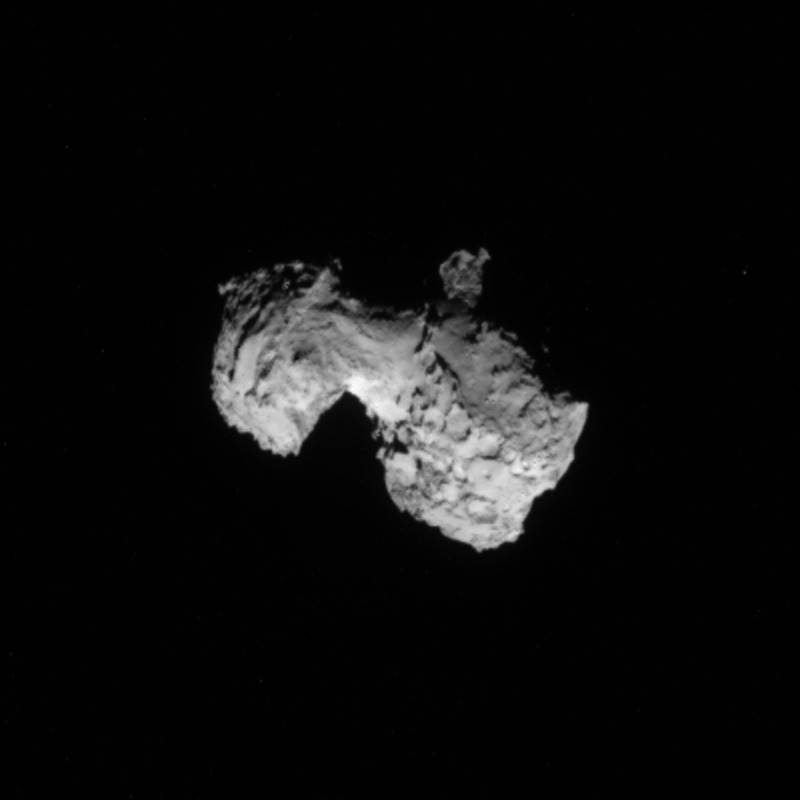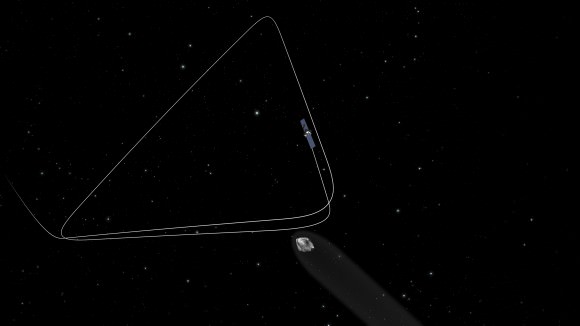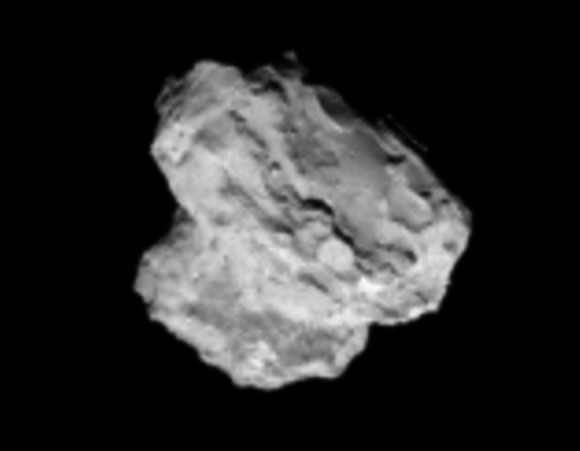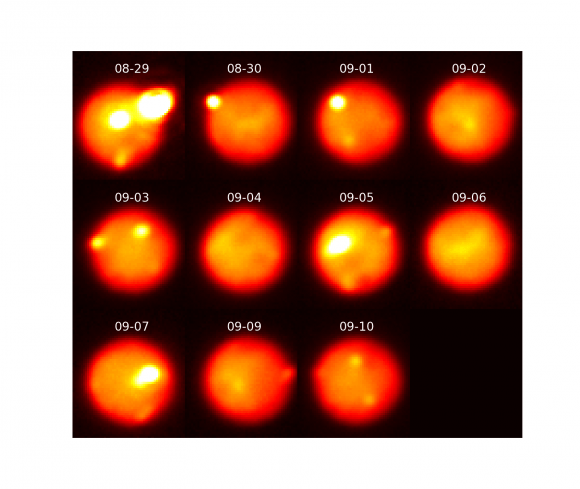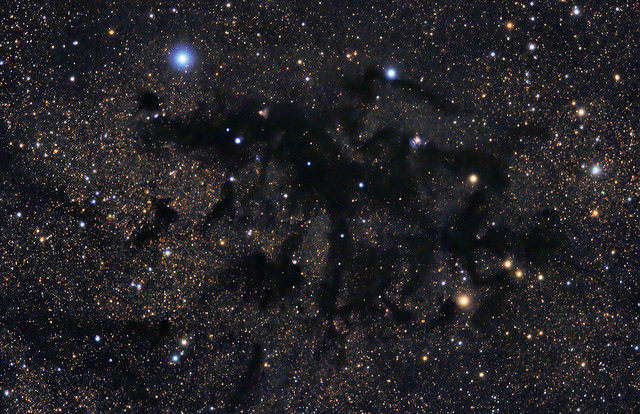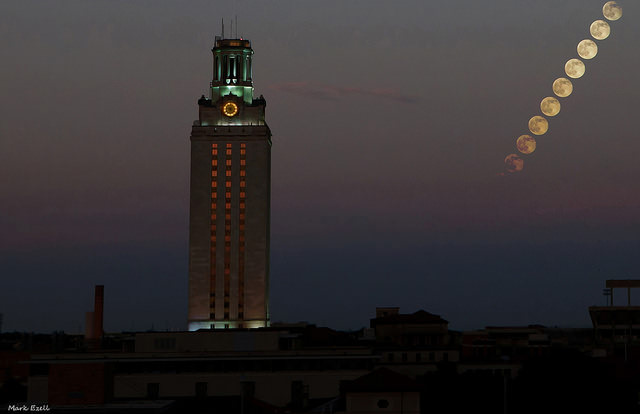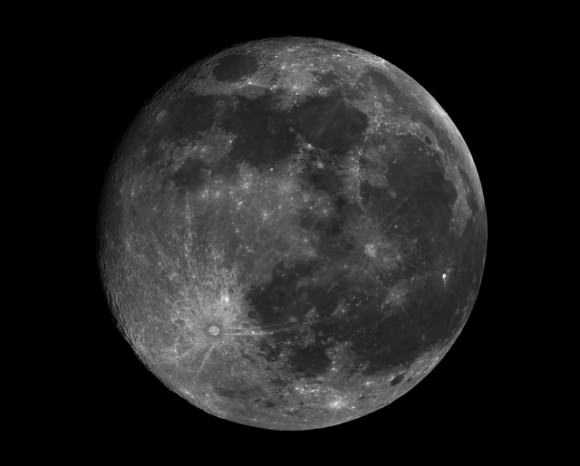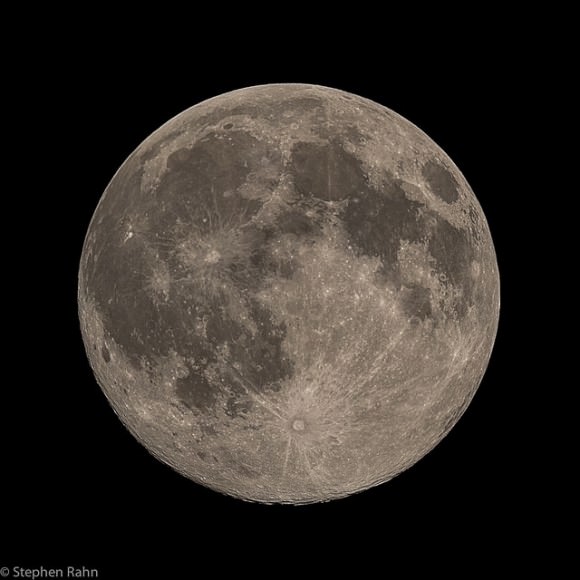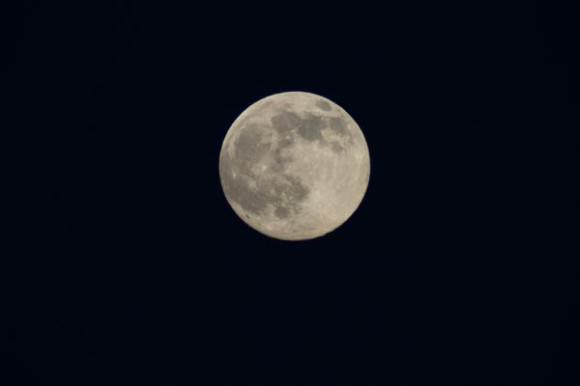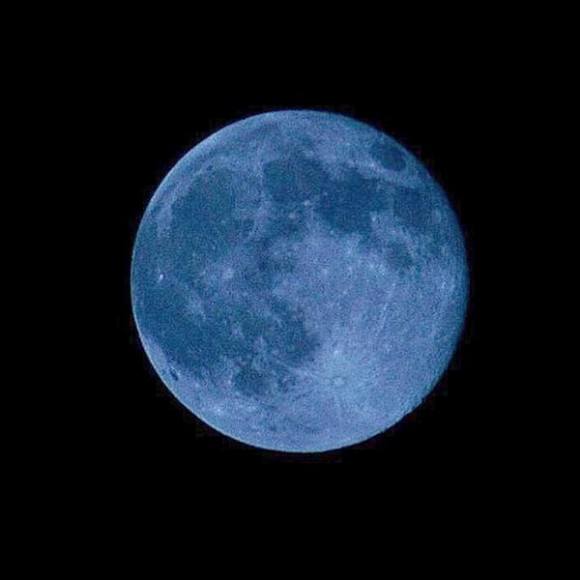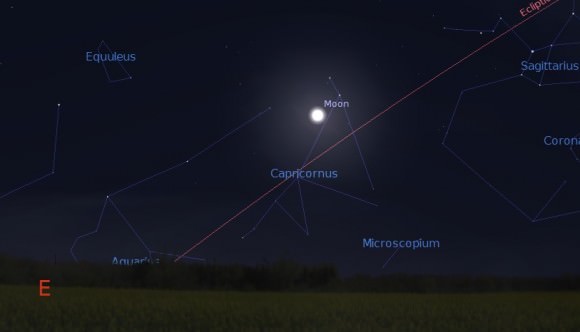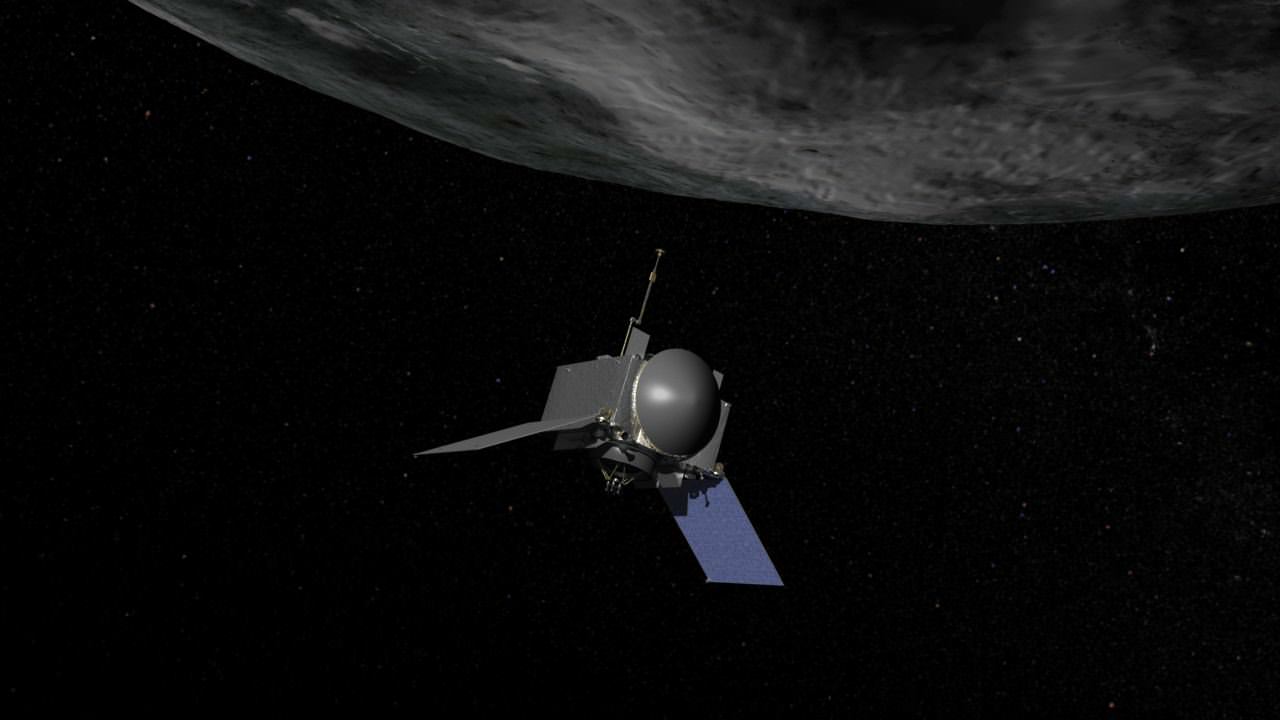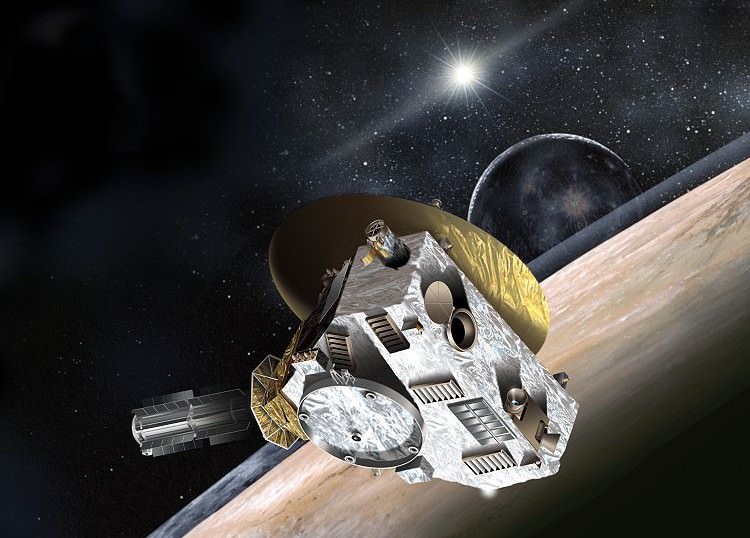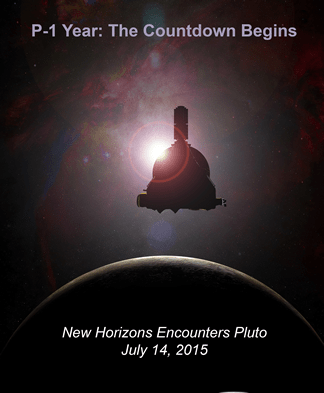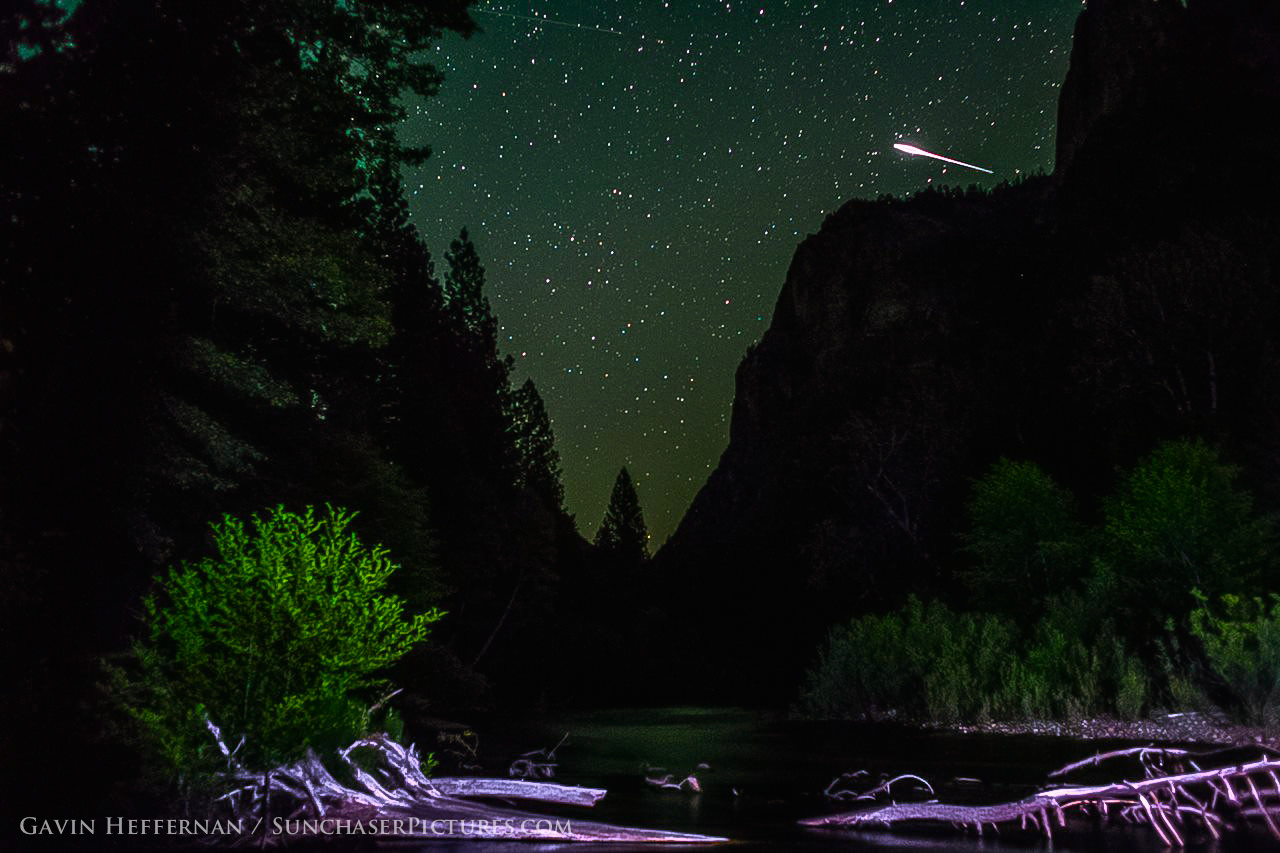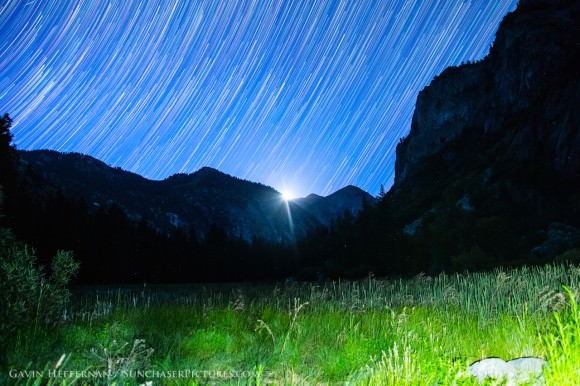ESA’s Rosetta spacecraft on final approach to Comet 67P/Churyumov-Gerasimenko in early August 2014. This collage of navcam imagery from Rosetta was taken on Aug. 1, 2, 3 and 4 from distances of 1026 km, 500 km, 300 km and 234 km. Not to scale. Credit: ESA/Rosetta/NAVCAM – Collage/Processing: Marco Di Lorenzo/Ken Kremer- kenkremer.com
Watch ESA’s Live Webcast here on Aug. 6 starting at 4 AM EDT/ 8 AM GMT[/caption]
After a decade long chase of 6.4 billion kilometers (4 Billion miles) through interplanetary space the European Space Agency’s (ESA) Rosetta spacecraft is now on final approach for its historic rendezvous with its target comet 67P scheduled for Wednesday morning, Aug. 6. some half a billion kilometers from the Sun. See online webcast below.
Rosetta arrives at Comet 67P/Churyumov-Gerasimenko in less than 12 hours and is currently less than 200 kilometers away.
You can watch a live streaming webcast of Rosetta’s Aug. 6 orbital arrival here, starting at 10:00 a.m. CEST/8 a.m. GMT/4 a.m. EDT/1 a.m. PDT via a transmission from ESA’s spacecraft operations centre in Darmstadt, Germany.
Rosetta is the first mission in history to rendezvous with a comet and enter orbit around it. The probe will then escort comet 67P as it loops around the Sun, as well as deploy the piggybacked Philae lander to its uneven surface.
Orbit entry takes place after the probe initiates the last of 10 orbit correction maneuvers (OCM’s) on Aug. 6 starting at 11:00 CEST/09:00 GMT.
The thruster firing, dubbed the Close Approach Trajectory – Insertion (CATI) burn, is scheduled to last about 6 minutes 26 seconds. Engineers transmitted the commands last night, Aug. 4.
CATI will place the 1.3 Billion Euro Rosetta into an initial orbit at a distance of about 100 kilometers (62 miles).
Since the one way signal time is 22 min 29 sec, it will take that long before engineers can confirm the success of the CATI thruster firing.
As engineers at ESOC mission control carefully navigate Rosetta ever closer, the probe has been capturing spectacular imagery showing rocks, gravel and tiny crater like features on its craggily surface with alternating smooth and rough terrain and deposits of water ice.
See above and below our collages (created by Marco Di Lorenzo & Ken Kremer) of navcam camera approach images of the comet’s two lobed nucleus captured over the past week and a half. Another shows an OSIRIS camera image of the expanding coma cloud of water and dust.
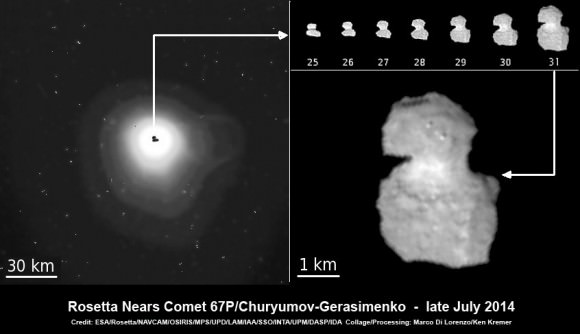
The up close imagery revealed that the mysterious comet looks like a ‘rubber ducky’ and is comprised of two lobes merged at a bright band at the narrow neck in between.
Rosetta’s navcam camera has been commanded to capture daily images of the comet that rotates around once every 12.4 hours.
After orbital insertion on Aug. 6, Rosetta will initially be travelling in a series of 100 kilometer-long (62 mile-long) triangular arcs in front of the comet while firing thrusters at each apex. Further engine firings will gradually lower Rosetta’s altitude about Comet 67P until the spacecraft is captured by the comet’s gravity.
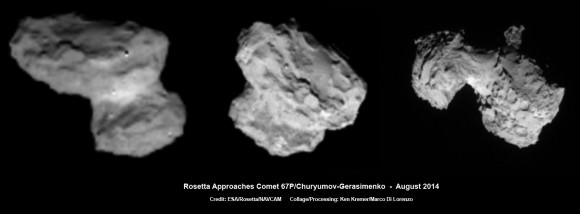
Rosetta will continue in orbit at comet 67P for a 17 month long study.
In November 2014, Rosetta will attempt another historic first when it deploys the piggybacked Philae science lander from an altitude of just about 2.5 kilometers above the comet for the first ever attempt to land on a comet’s nucleus. The lander will fire harpoons to anchor itself to the 4 kilometer (2.5 mile) wide comet’s surface.
Together, Rosetta and Philae will investigate how the pristine frozen comet composed of ice and rock is transformed by the warmth of the Sun. They will also search for organic molecules, nucleic acids and amino acids, the building blocks for life as we know it.
Rosetta was launched on 2 March 2004 on an Ariane 5 G+ rocket from Europe’s spaceport in Kourou, French Guiana.
Stay tuned here for Ken’s continuing Rosetta, Curiosity, Opportunity, Orion, SpaceX, Boeing, Orbital Sciences, commercial space, MAVEN, MOM, Mars and more Earth and Planetary science and human spaceflight news.


